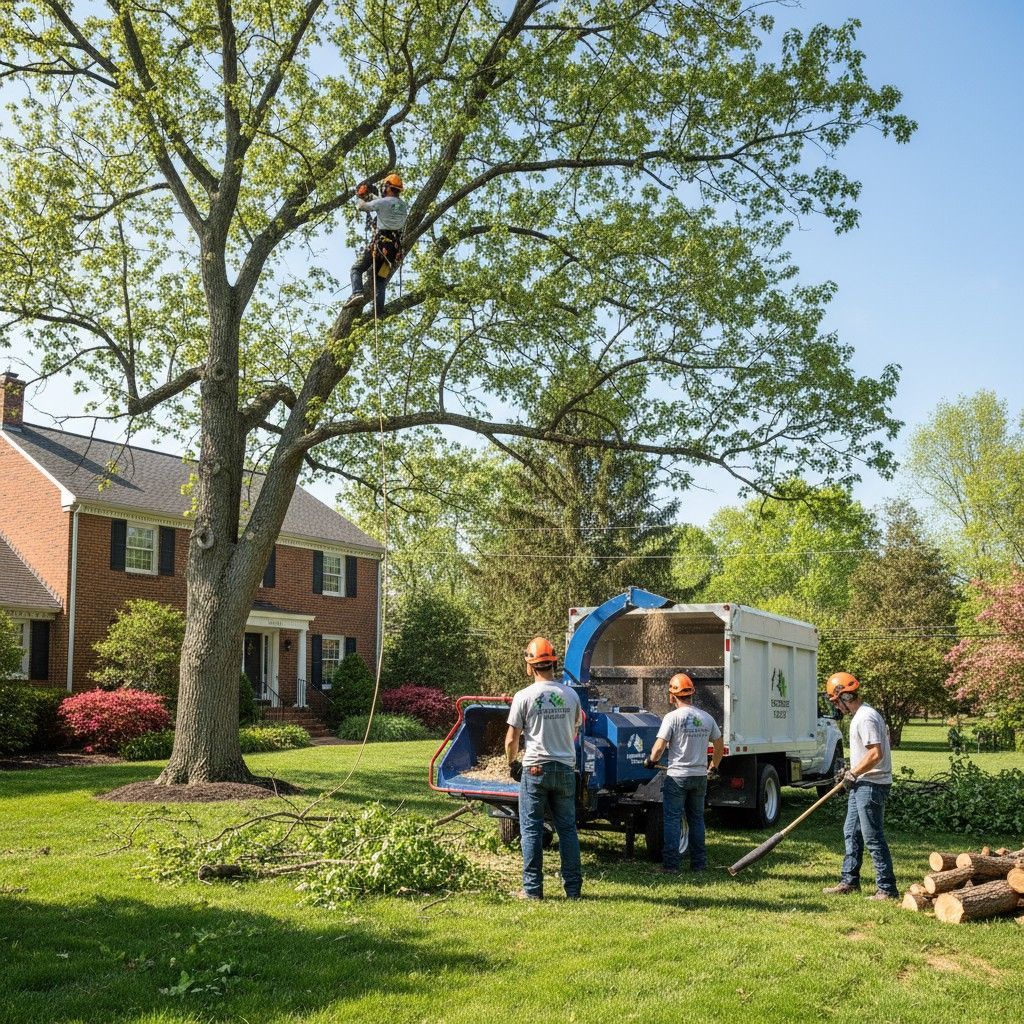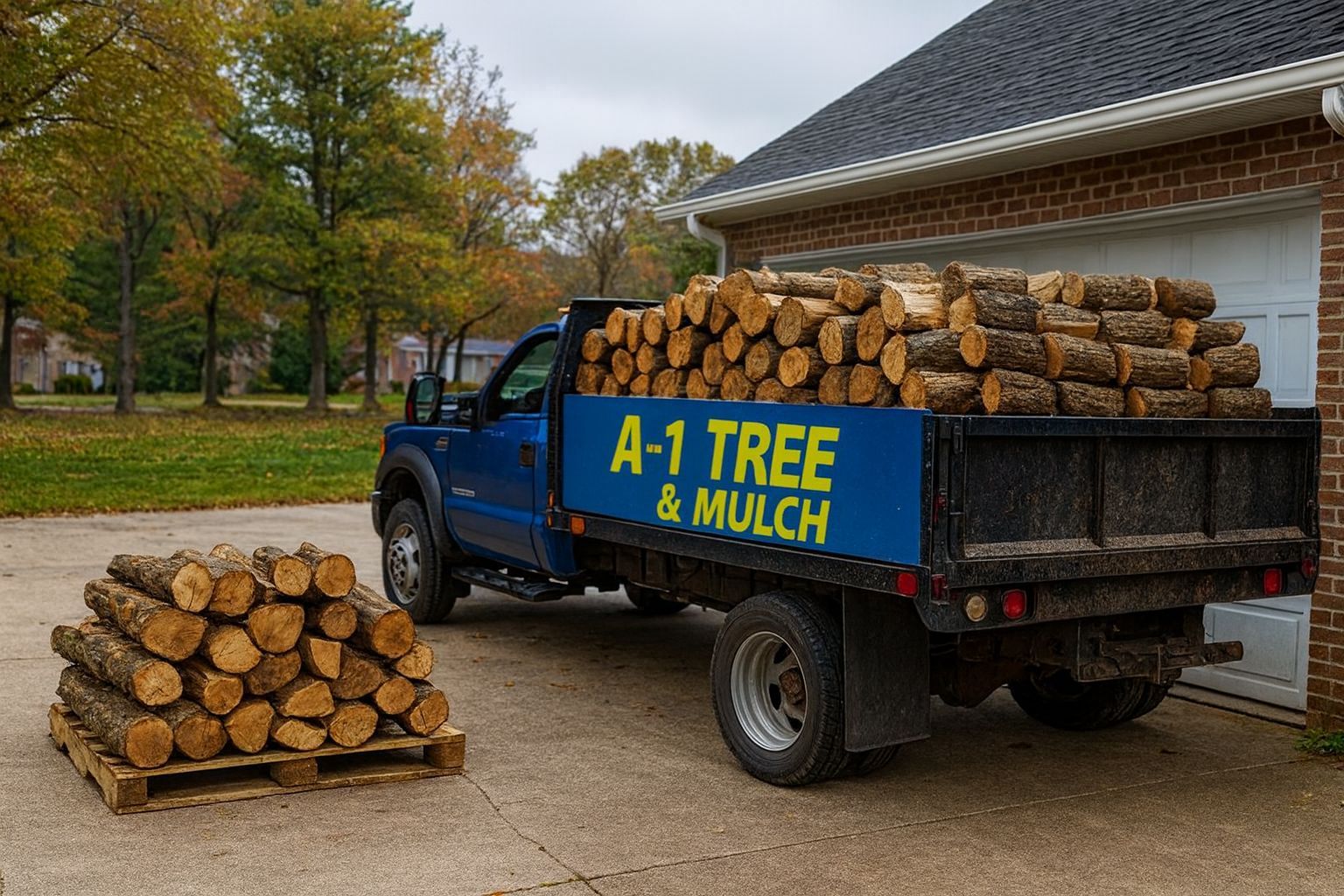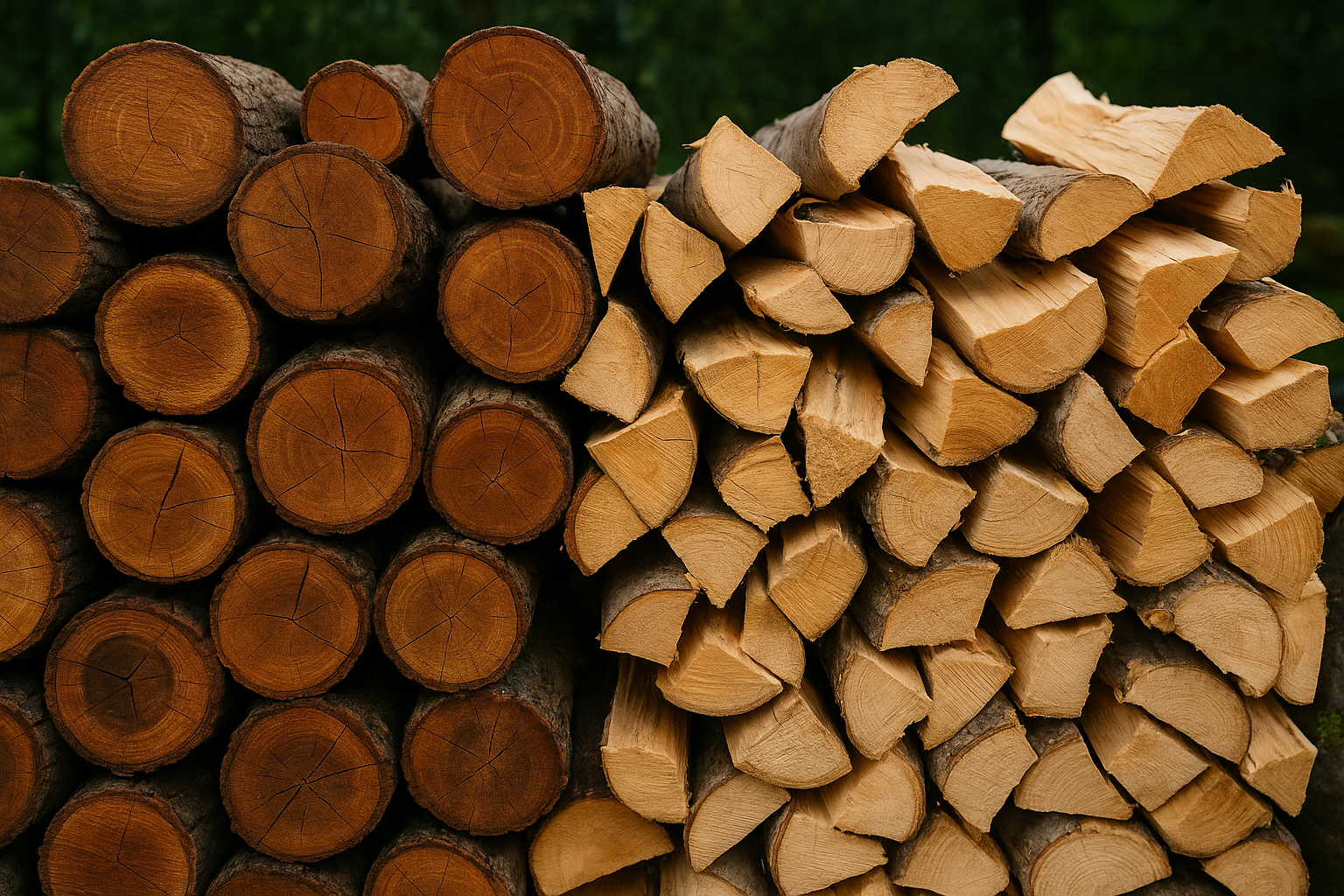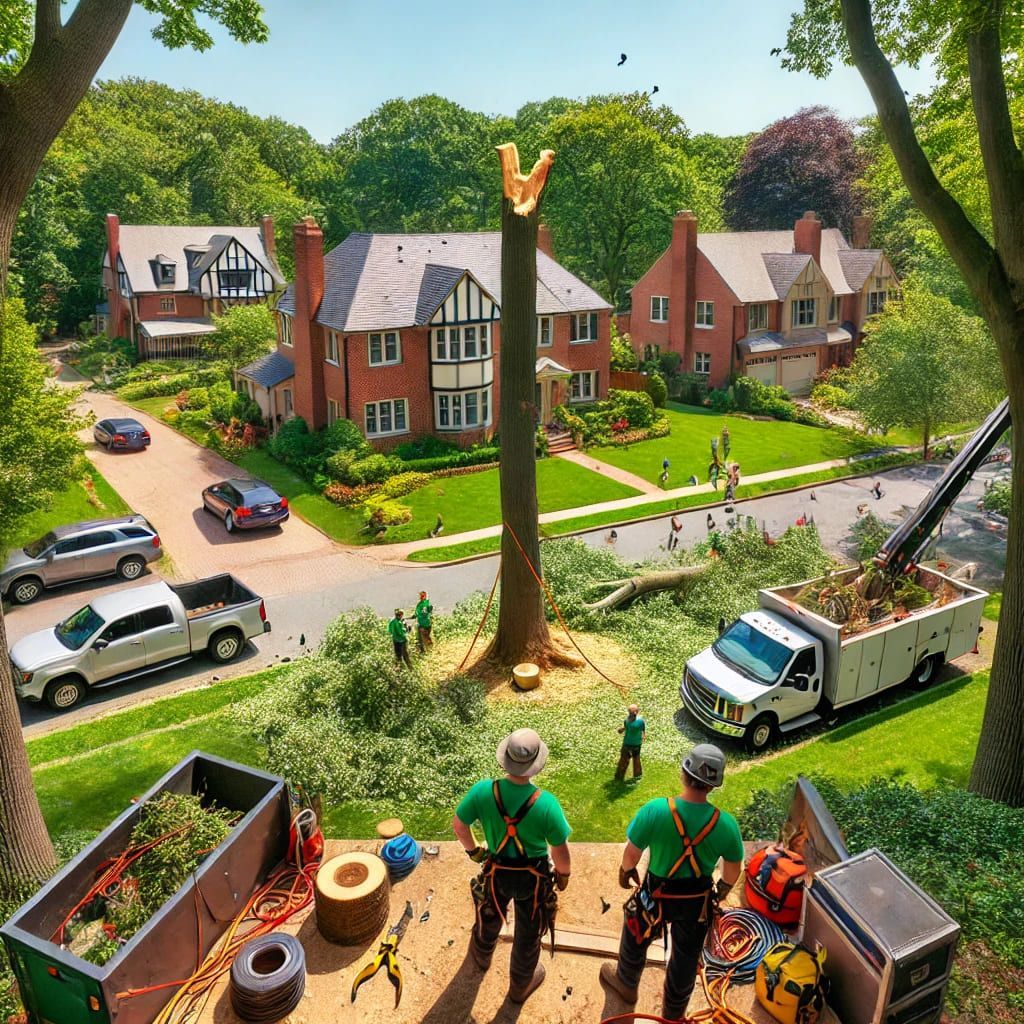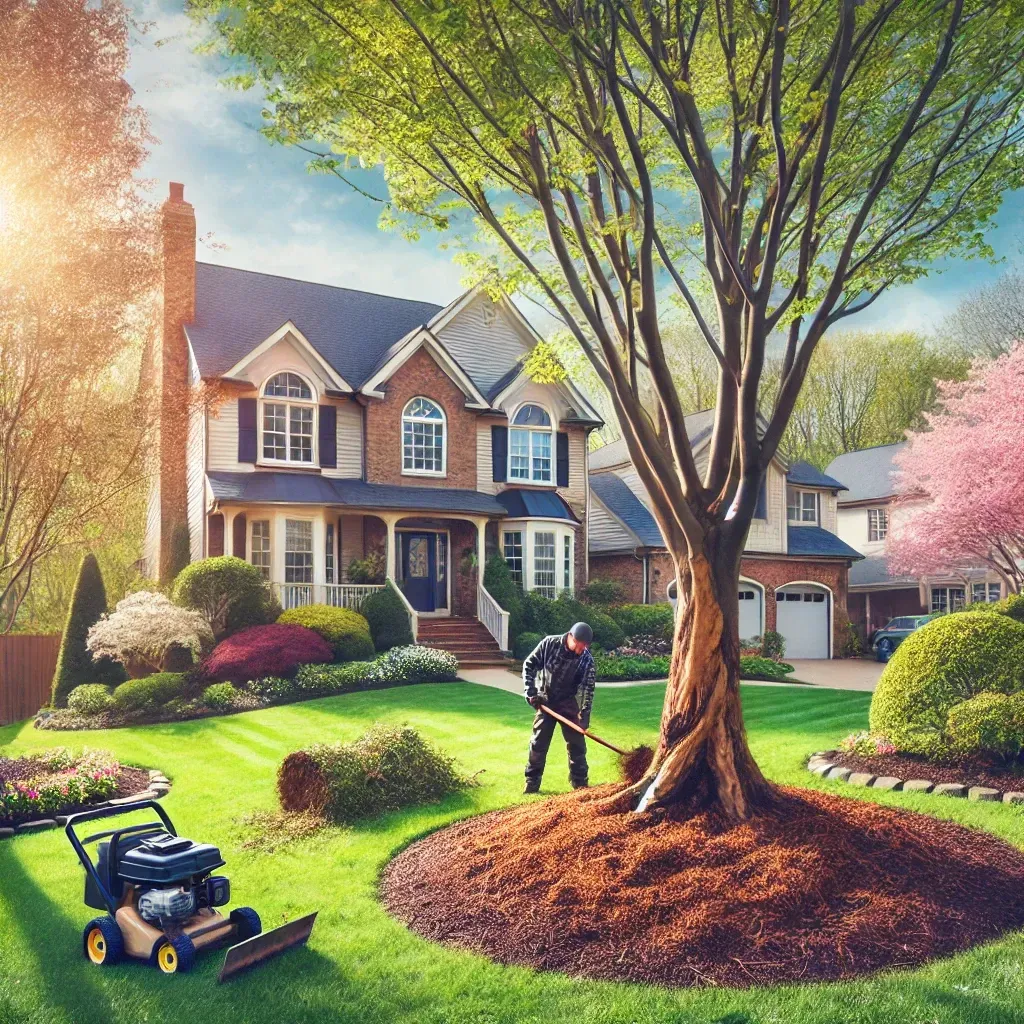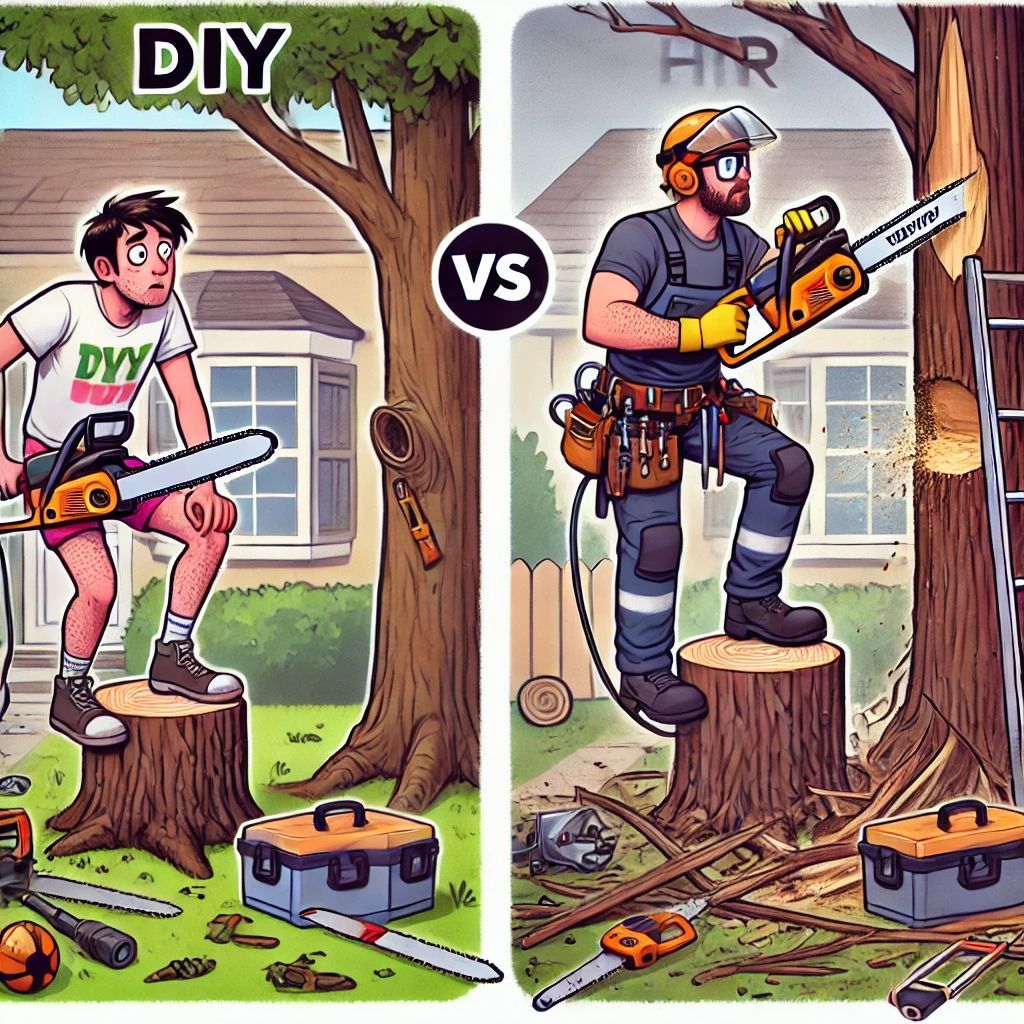How Tree Removal Affects Property Value
Impact of tree removal on property value
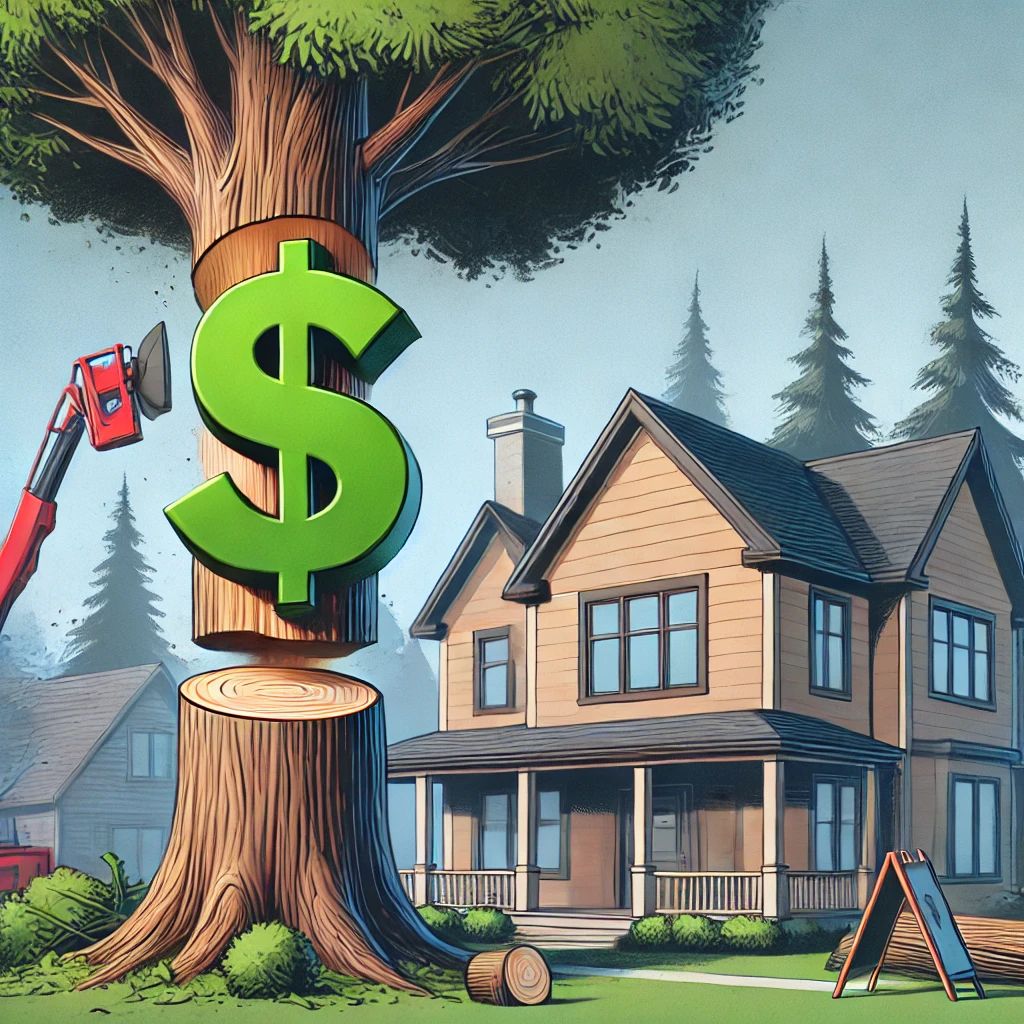
Tree removal can significantly influence your property value in various ways. The effects depend on factors like the tree's health, location, and contribution to the landscape. This blog will explore the potential positive and negative impacts, guiding when tree removal might be beneficial or detrimental to property value.
How Tree Removal Affects Property Value
Positive Impacts of Tree Removal
- Enhanced Curb Appeal: Removing unsightly or overgrown trees can improve the overall appearance of your property, making it more appealing to potential buyers. A well-maintained landscape without obstructive trees can help highlight the architecture of your home and make the yard look more spacious and welcoming.
- Increased Safety and Reduced Liability: Trees that pose a safety risk—such as those with dead branches or extensive root systems that could threaten foundations—can detract from your property value. Removing these trees mitigates risks like falling branches or roots damaging driveways and walkways, enhancing the home's appeal and reducing potential liabilities.
- More Usable Space: Clearing trees can open up space for new landscaping features, lawns, gardens, or even additions like patios and pools. This increased functionality can make the property more attractive, especially for families who value open, usable yard space.
Negative Impacts of Tree Removal
- Loss of Shade and Energy Efficiency: Mature trees provide natural shade that can reduce cooling costs in summer. Removing them might lead to higher energy bills, which could be a consideration for potential buyers concerned about long-term costs.
- Reduction in Aesthetic and Environmental Value: Trees often add beauty and character to a property, providing a lush and established look that many buyers find appealing. Additionally, trees contribute to the environment by improving air quality, supporting wildlife, and even reducing noise pollution. Removing healthy, attractive trees could make the property feel barren or less inviting.
- Decreased Privacy: Mature trees act as natural privacy screens, blocking views from neighboring properties and busy streets. Removing trees that serve this purpose might make the property feel more exposed, potentially reducing its appeal to buyers who prioritize privacy.
Critical Considerations Before Removing a Tree
Before deciding to remove a tree, consider the following factors:
- Tree Health and Condition: If a tree is diseased, dying, or dangerous to people or structures, removal may be the best option to protect the property and its occupants. Healthy trees, however, usually add value to the landscape.
- Tree Location: Trees too close to the house, power lines, or other structures may need removal to avoid damage. Conversely, well-placed trees that frame the home or provide pleasant views can increase property value.
- Future Landscaping Plans: Think about your future landscaping goals. Removing trees can open possibilities for new plantings, gardens, or outdoor amenities, but weighing these plans against the immediate loss of mature trees is crucial.
- Professional Advice: Consulting with a professional tree service can help you weigh the pros and cons. Experts can assess the tree’s health and potential risks and provide guidance on whether removal is the best option for your property.
Conclusion
- The impact of tree removal on property value varies widely based on individual circumstances. Removing hazardous or poorly located trees can enhance property safety, aesthetics, and functionality, potentially increasing value. However, removing healthy, mature trees that add aesthetic, environmental, and practical benefits may decrease property value. Always consider professional consultation to make the most informed decision and maintain the balance between beauty and safety on your property.
FAQs
- Q: Does removing a tree always increase property value?
- A: Not necessarily. While removing hazardous or unsightly trees can boost value, removing healthy trees that add to the property's aesthetic may decrease it.
- Q: How do I know if a tree should be removed?
- A: If the tree poses safety risks, is diseased, or negatively impacts your property’s structure or usability, removal might be beneficial.
- Q: Can tree removal affect my home’s energy efficiency?
- A: Yes, mature trees provide shade that can reduce cooling costs in summer. Removing them might increase energy expenses.
- Q: Should I replace a tree that was removed with a new one?
- A: Replanting can restore environmental and aesthetic benefits, often enhancing the property’s appeal.
- Q: Is professional tree removal worth the cost?
- A: Yes, professionals ensure safe removal, minimizing risk to your property and potentially preserving its value.
